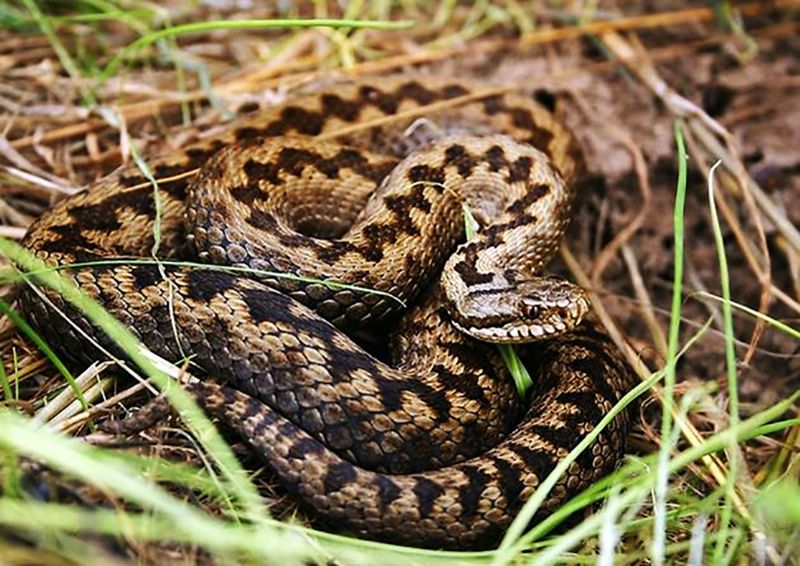- Home
- News, Articles & Reviews
We are hiring! Please click here to join our growing magazine delivery team in Gloucestershire!
Areas
Pets & Wildlife
Archive

Adders and dogs don’t mix!
All Areas > Pets & Wildlife > Pet Care
Author: Oliver Wilkinson, Posted: Wednesday, 24th May 2017, 08:00
Every year as the weather warms up, dog owners start to nervously worry that they might come across an adder on a walk. The adder (vipera berus) is the only native, venomous snake in Britain and is responsible for many rushed trips to the vet when curious dogs get a bit too close to this otherwise timid and non-aggressive snake.
Most adder bites occur between April and July, and more often in the afternoon of warm, sunny days when the snakes are most active. This year we have had a spate of dogs coming in with adder bites, and other vet clinics have reported an increase in cases this year.
Most bites tend to be on the muzzle or end of a limb
Nearly all dogs bitten by snakes will develop local signs at the site of an adder bite and most bites tend to be on the muzzle or end of a limb. Swelling and oedema usually occurs within minutes to two hours after the bite. The poison from an adder bite can also cause internal/systemic signs such as fever, lethargy, drooling, nausea and weakness. In rare circumstances the internal reaction can be serious enough to cause shock, organ damage, heart rhythm disorders, seizures and very occasionally death.
Fortunately, the majority of the time the symptoms, while serious, are usually not life-threatening and respond quickly to treatment. In those rare occasions where an animal is critically unwell, an anti-venom can be administered.
Keep your dog quiet and get to your local vet as quickly as possible
If your dog is bitten by a snake, keep calm, try to keep your dog quiet, get to your local vet as quickly as possible and be reassured that the vast majority of dogs that get bitten by adders recover completely with prompt veterinary attention.
Despite the fact that we have seen four cases in the last month (sometimes that is all we see for the entire season), all affected dogs have survived and are doing well. Early season bites sometimes produce the worse symptoms, as adders have their biggest supply of venom stored up after a period of hibernation and not feeding. Hopefully the number of bites will now decrease, but be vigilant when walking over the local hills. I’m always grateful that the adder bite symptoms are relatively mild compared to the Tiger and Brown snake bites I used to see regularly in Australia!Copyright © 2024 The Local Answer Limited.
Unauthorized use and/or duplication of this material without express and written permission from this site's author and/or owner is strictly prohibited. Excerpts and links may be used, provided that full and clear credit is given to The Local Answer Limited and thelocalanswer.co.uk with appropriate and specific direction to the original content.More articles you may be interested in...


© 2024 The Local Answer Limited - Registered in England and Wales - Company No. 06929408
Unit H, Churchill Industrial Estate, Churchill Road, Leckhampton, Cheltenham, GL53 7EG - VAT Registration No. 975613000You are leaving the TLA website...
You are now leaving the TLA website and are going to a website that is not operated by us. The Local Answer are not responsible for the content or availability of linked sites, and cannot accept liability if the linked site has been compromised and contains unsuitable images or other content. If you wish to proceed, please click the "Continue" button below:




